NFTs
‘This Is a New Renaissance:’ Why the Pseudonymous Digital Art Collector Cozomo de’ Medici Just Gave a Major NFT Collection to LACMA
The rumor that Cozomo is actually Snoop Dogg has been debunked.
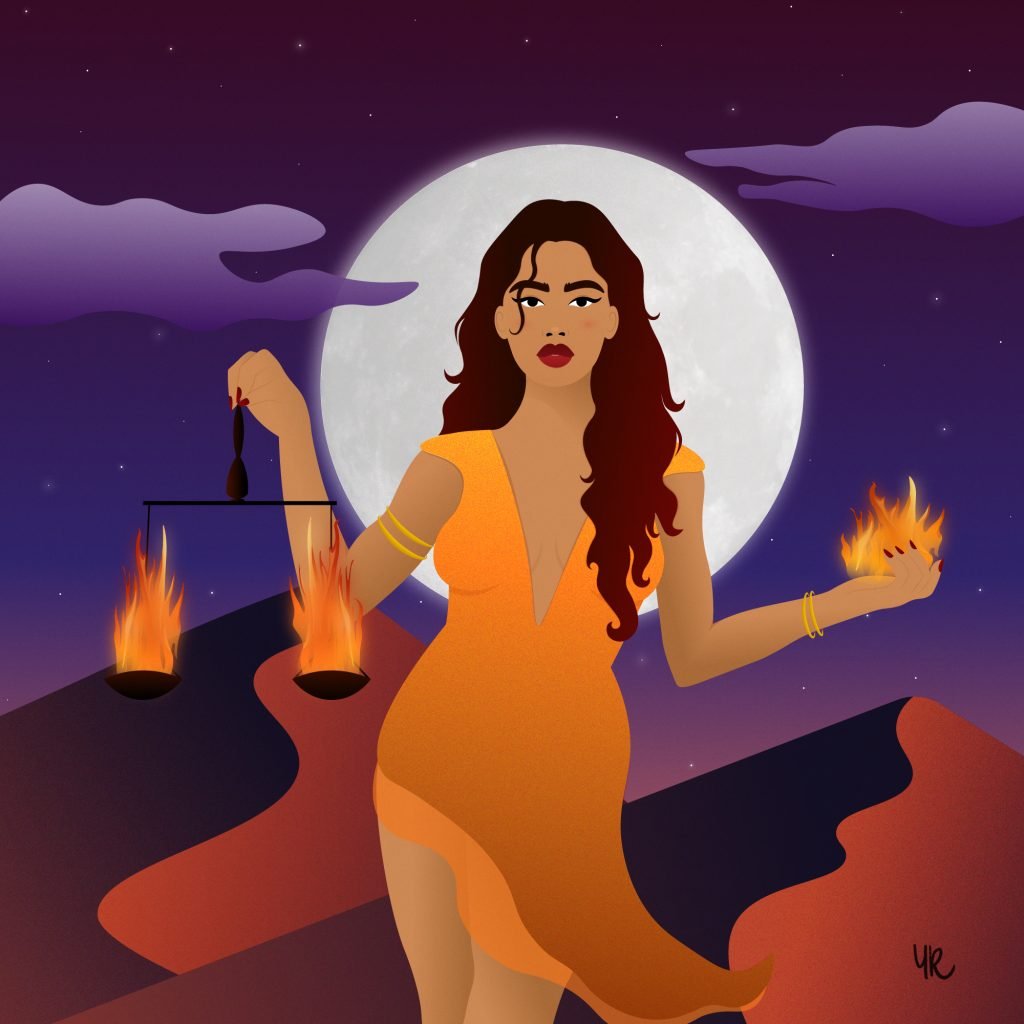
The rumor that Cozomo is actually Snoop Dogg has been debunked.

Sarah Cascone

The Los Angeles County Museum of Art has just announced a major donation, courtesy of one Cozomo de’ Medici, an anonymous NFT collector. The museum touts the gift of 22 digital artworks by 13 international artists, almost half of whom are women, as the first donation of a collection of NFTs to a U.S. museum.
“This is a good step to bridge the worlds of digital art and contemporary art,” Cozomo de’ Medici told Artnet News on a Zoom call with the video off. “I firmly believe that they both can benefit from each other.”
“There are other donors who have seeded different parts of the museum, with gifts of ceramics, tapestries, Asian art, Islamic art—all these these great collections at LACMA have begun with with single large donations,” de’ Medici said, referring to figures like William Randolph Hearst, the greatest individual donor in the institution’s history. “The big hope here is that a well-rounded seed collection of digital art will inspire other collectors to to follow.”
LACMA’s board has also approved the acquisition of 15 other artworks on the blockchain—including an NFT of John Gerrard’s Western Flag and a piece from Tom Sachs’s “Rocket Factory” collectible series, both donated by the artists—which brings its budding NFT collection to 37 works.

Dmitri Cherniak, Ringers #962 (2021). Collection of the Los Angeles County Museum of Art, promised gift of the Cozomo de’ Medici Collection, ©Dmitri Cherniak, courtesy of the artist.
The Cozomo de’ Medici donation includes work by Justin Aversano, Cai Guo-Qiang, Dmitri Cherniak, Claire Silver, Neil Strauss, Monica Rizzolli, Matt DesLauriers, Adam Swaab, and Pindar Van Arman, as well as by creators of some of the best known NFT collections: Han (CryptoCubes), Matt Hall and John Watkinson (CryptoPunks), Johannes Gees and Kelian Maissen (Kleee), and Yam Karkai (World of Women).
It’s a wide range of work, from Silver’s portraits generated by artificial technology to Aversano’s photography to Neil Strauss’s Survive All Apocalypses, the first book minted on the blockchain. There’s also Karkai’s Woman n°001, the artist’s first-ever NFT, from her 10-piece collection “Women by Yam.”
The pseudonymous collector offered few details about his personal life or background, other than saying that he has invested in cryptocurrency for about 10 years.
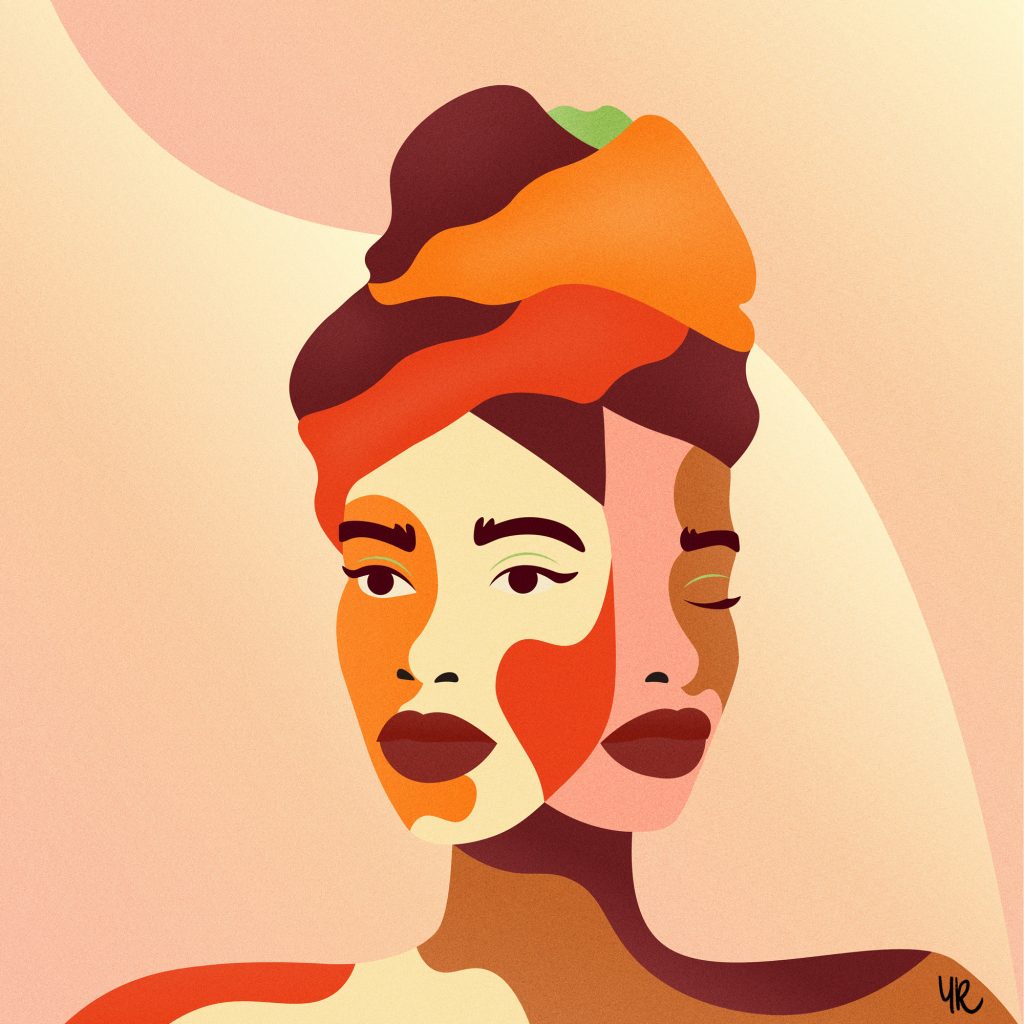
Yam Karkai, Woman n°001 (2021). Collection of the Los Angeles County Museum of Art, promised gift of the Cozomo de’ Medici Collection, ©Yam Karkai, courtesy of the artist.
It was clear, however, that de’ Medici is not, in fact, Snoop Dogg, as the rapper claimed in a highly publicized tweet in September 2021. It was just a month after de’ Medici started his Twitter account, quickly establishing himself as a major force for NFTs, with a wallet then said to be worth $17 million.
(Today, de’ Medici owns 1,124 NFTs on OpenSea, but declined to estimate the collection’s worth, noting that price aggregators don’t accurately take into account the rarity or aesthetics of a work.)
Snoop’s supposed self-doxxing seemed plausible at first. The rapper and NFT collector has been involved with cryptocurrency since at least 2013, when he accepted bitcoin as payment for an album he released at the time.
But de’ Medici had previously shared a photo of himself, face obscured, that suggests he is white. As reported by Slate, it would seem that Snoop’s tweet was part of a promotional stunt for his metaverse project on the Sandbox. (Vice described the breathless media coverage of the fake reveal as “being CryptoPunk’d.”)
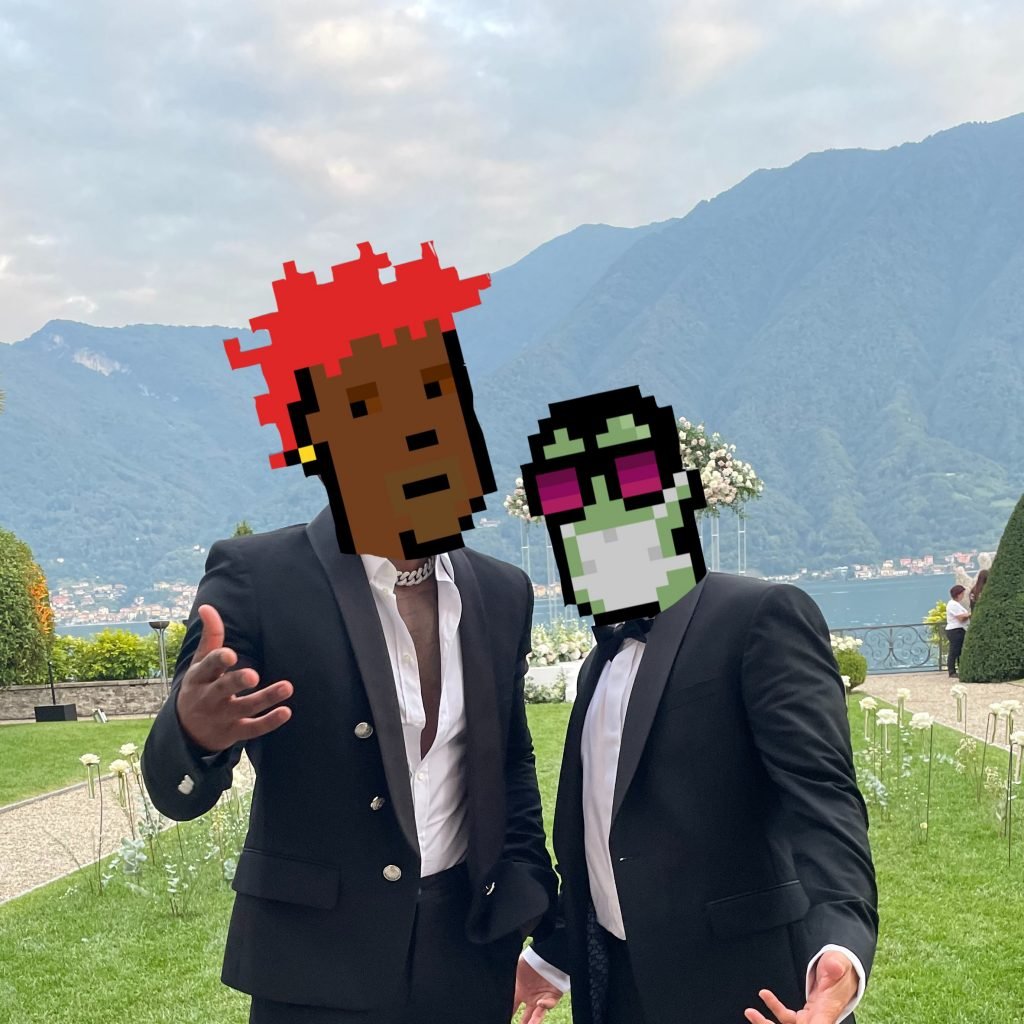
A photo NFT influencer Cozomo de’ Medici tweeted of himself with singer Jason Derulo.
De’ Medici declined to offer any real specifics about his life or background, deeming such details “irrelevant.”
“I’ve always been an art lover, but I was always intimidated by the contemporary art world,” de’ Medici admitted. “You have probably heard the phrase ‘if you don’t know who the sucker is at the poker table, it’s probably you.’ That’s how I would feel when I went to contemporary art fairs.”
“The beauty of this digital world is everything is on chain and online. You can go and see the mint dates, and the provenance is all recorded. You can see other works from the artists you are interested in, who owns them, where they’ve been, and the prices—versus the contemporary art world, where it’s really tough to get access to that data as an outsider,” he said.
De’ Medici hopes the accessibility of NFTs will encourage more people to become collectors, and that that will in turn increase the number of artists who can make a living from their work.
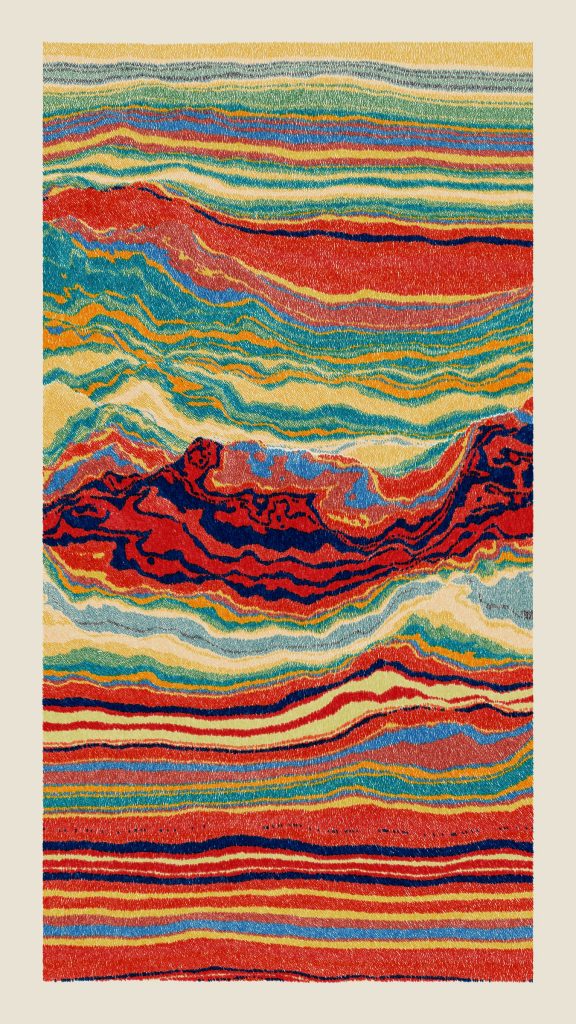
Matt DesLauriers, Meridian #547 (2021). Collection of the Los Angeles County Museum of Art, gift of the Cozomo de’ Medici Collection.
LACMA has yet to announce plans to display its new NFT holdings, which will require specialized screens (one barrier to entry for first-time collectors).
“There are some great companies that are that are building some cool frames, but they’re very expensive right now—running from $10,000 at the smallest, to $40,000 for slightly larger displays, which is just too much for mainstream adoption,” de’ Medici said.
The sky-high prices of NFTs in 2021 had de’ Medici worried that the tokens would cause the crypto bubble to burst. But then a close friend who shared his skepticism bought a CryptoPunk.
“He said ‘you know how bullish I am on ethereum, and I see CryptoPunks as a digital token of ethereum culture,’” de’ Medici recalled. By the end of the conversation, he was ready to start a collection of his own.
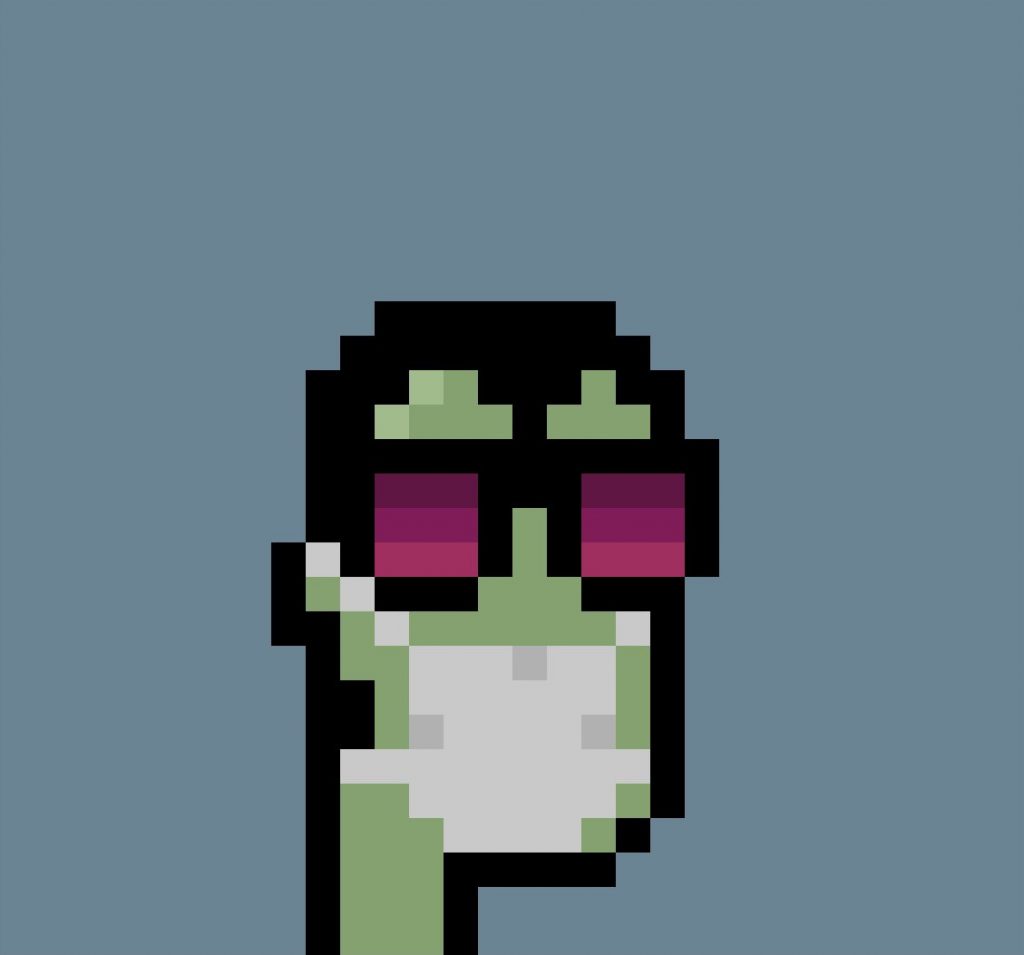
Matt Hall and John Watkinson, CryptoPunk #3831 (2017). Collection of the Los Angeles County Museum of Art, promised gift of the Cozomo de’ Medici Collection.
The Cozomo de’ Medici pseudonym came from his first purchase, CryptoPunk 3831. A Zombie wearing a face mask, who is known as “Cozom,” short for “COVID Zombie,” and is among the works donated to LACMA. (De’ Medici briefly listed Cozom for sale in December 2021 with an asking price of 697,000 ETH, then worth $27.6 million.) Eight of the other works in the collection are now held in the wallet Anonymous0000001 on OpenSea, having been transferred by de’ Medici in December.
“I wanted to create a presence that recalled the art patrons of the past, and who was a greater patron than Cosimo de’ Medici? And it happened that Cozom and Cosimo had a similar spelling,” he said.
The Crypto whale’s LACMA announcement comes the day after the opening of “Coded: Art Enters the Computer Age, 1952–1982,” an exhibition at the museum about the rise of computer technology and the origins of digital art.
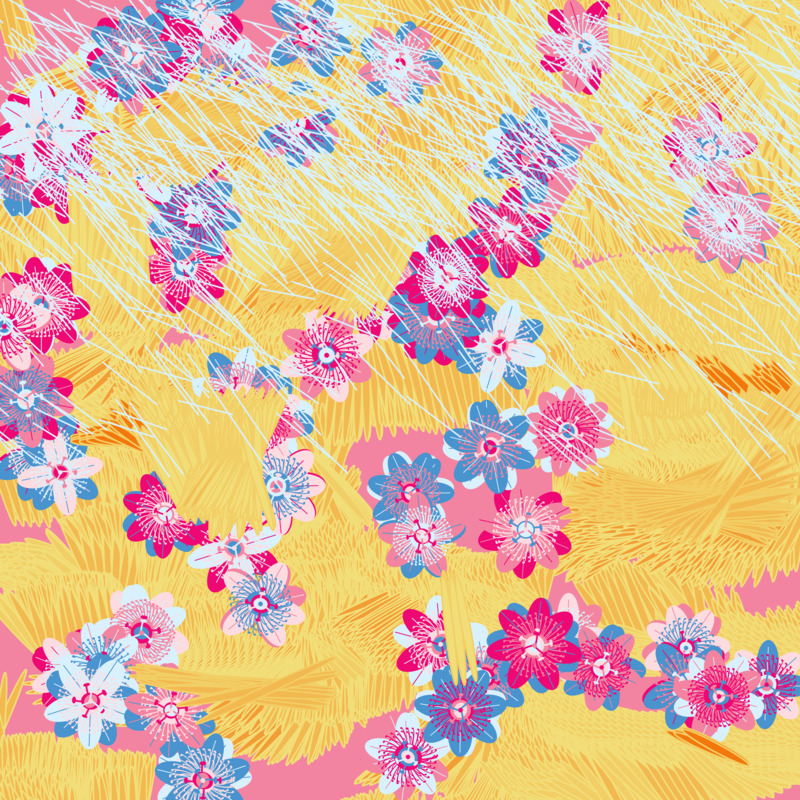
Monica Rizzolli, Fragments of an Infinite Field #923, Summer (2021). Collection of the Los Angeles County Museum of Art, promised gift of the Cozomo de’ Medici Collection. ©Monica Rizzolli, courtesy of the artist.
The gift follows LACMA’s creation last June of an acquisition fund for digital art by female artists, a project spearheaded by reality TV star and heiress-turned-NFT evangelist Paris Hilton. Indeed, it was actually Hilton who got the ball rolling on de’ Medici’s gift, by introducing the collector to museum director Michael Govan and vice president of board relations Elizabeth Wiatt.
From there, de’ Medici began talking seriously with Celia Yang Nelson, the museum’s principal gift officer, and assistant contemporary curator Dhyandra Lawson about what works in his collection might be a good fit for LACMA—such as work by Van Arman, who the museum was unfamiliar with.
“It was a really beautiful mutual education process,” de’ Medici said. “I turned them on to Pindar’s work and how he had been creating these these paintings with machines and robots for many years. It’s some of the earliest unchain art made with artificial intelligence.”

Pindar Van Arman, AI Imagined Portrait Painted by a Robot #2 (2018). Collection of the Los Angeles County Museum of Art, promised gift of the Cozomo de’ Medici Collection, ©Pindar Van Arman, courtesy of the artist.
The news of de’ Medici’s gift comes just days after the Centre Pompidou announced its first NFT acquisitions, including a CryptoPunk donated by Yuga Labs. The company launched its Punks Legacy Project in 2022 by gifting CryptoPunk #305 to the Institute of Contemporary Art Miami ahead of Miami Art Week.
The ICA was the first major museum to acquire an NFT, with another Cryptopunk donation coming from a board member in July 2021. Other museums are slowly following suit, with SFMoMA announcing last month that it had acquired a Lynn Hershman Leeson NFT, as reported by the Art Newspaper.
In New York City, the Museum of Modern Art is currently hosting a generative A.I. art installation by NFT star Refik Anadol, and will put the proceeds of last fall’s William S. Paley auction toward an endowment for its digital offerings—which could include acquiring work on the blockchain.
Some museums have also begun minting NFTs of their own, based on existing artworks in their collections. Among them are the Uffizi Galleries, the Belvedere Museum, the British Museum, and Russia’s State Hermitage Museum—a practice that has proved controversial.
The institutional leader in the space, however, appears to be the Buffalo AKG Art Museum (formerly the Albright-Knox Art Gallery), which in October became the first major U.S. museum to stage a show of NFT art with an online exhibition of new works, editions of which were also donated to the museum by the artists.
At the time, that made Buffalo the museum with “the world’s largest collection of artists who engage blockchains,” according to a tweet from its Modern and contemporary art curator Tina Rivers Ryan—but LACMA has now surpassed it.
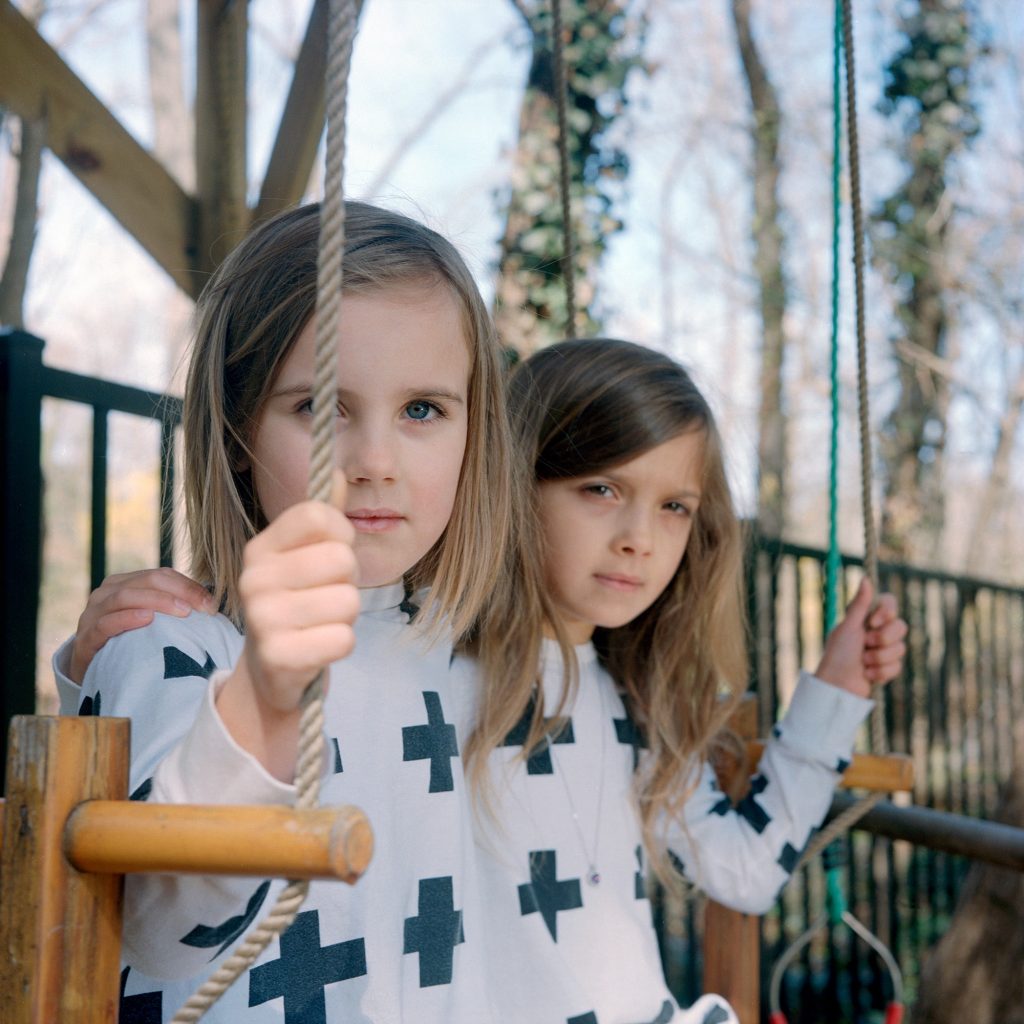
Justin Aversano, Twin Flames #64. Este & Lucja Hetman-Smith (2018). Collection of the Los Angeles County Museum of Art, gift of the Cozomo de’ Medici Collection, ©Justin Aversano, courtesy of the artist.
For de’ Medici, LACMA was a natural fit for his collection. “It’s a museum that has always championed art and technology, and is on the forefront of artistic innovation. What Michael has done to adopt the art that that really pushes the cannon is very impressive.”
As with any new technology, integrating NFTs in the collection has presented new challenges to the museum.
“We formed an internal team of experts in conservation, registration, collections management, technology, information systems, general counsel, and curatorial to devise procedures,” Lawson told Artnet News in an email.
“Preserving blockchain art presents similar concerns to video work preservation,” she added. “The works’ native technology will change over time. We send artists extensive questionnaires and meet with them to capture their preferences for how their work should be migrated.”
And with LACMA in the midst of a massive expansion project that could ultimately cost as much as $900 million, “there will hopefully be lots of lots of great ways to display digital artworks in these new galleries,” de’ Medici said.
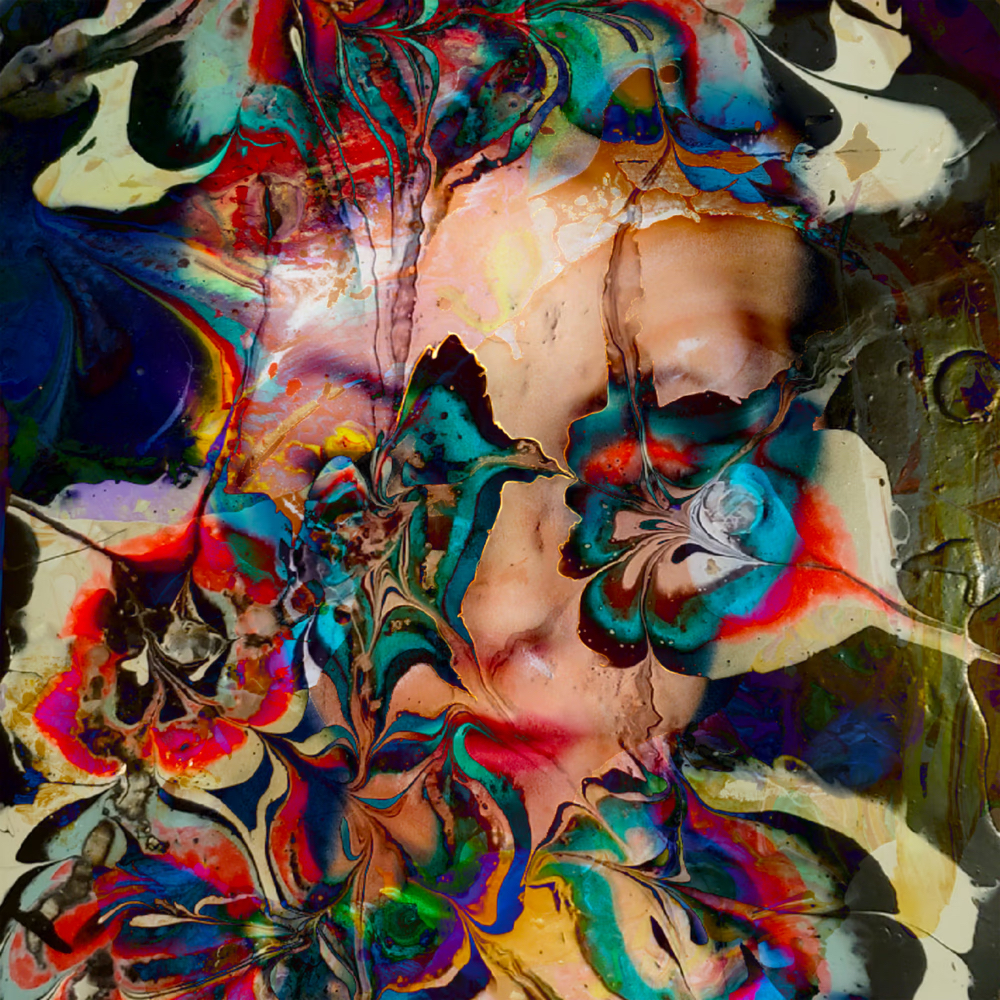
Claire Silver, a feeling i can’t put my finger on (2021). Collection of the Los Angeles County Museum of Art, gift of the Cozomo de’ Medici Collection.
The LACMA acquisition may be evidence that despite the so-called “crypto winter,” there is still strong artistic energy fueling the creation of new art on the blockchain.
“I’m more bullish than ever about the space,” de’ Medici said. “This is a new renaissance that we’re experiencing—you can do anything on the digital canvas, which I call the infinite canvas.”
The downturn “actually has been a blessing,” he added. “It removed a lot of the speculators. One of the beautiful things to see as the markets went down was that the conversations became richer—because they became even more about the art and less about the money.”
He also believes that the quality of NFT art is converting speculative investors into genuine collectors, with NFT profile pictures, or PFPs, like CryptoPunks or the Bored Ape Yacht Club, serving as something of a gateway drug to more challenging projects.
Once someone makes the leap from a speculator into a connoisseur,” de’ Medici said, “they’re hooked, and they keep on collecting art.”
“Coded: Art Enters the Computer Age, 1952–1982” is on view at the Los Angeles County Museum of Art, 5905 Wilshire Boulevard, Los Angeles, California, February 12–July 2, 2023.
More Trending Stories:
Superstar Painter Peter Doig Has Parted Ways With His Longtime Gallery Michael Werner After 23 Years
Here’s Your Go-To Guide to All the Fairs Taking Place Over Frieze Week in Los Angeles